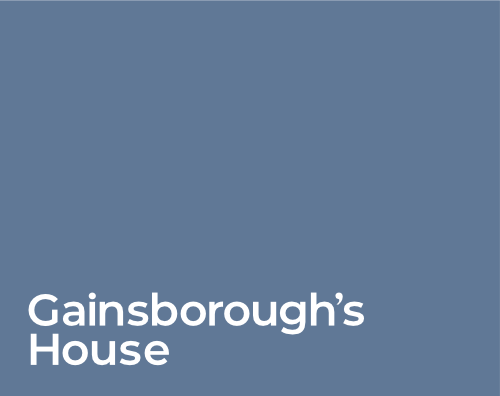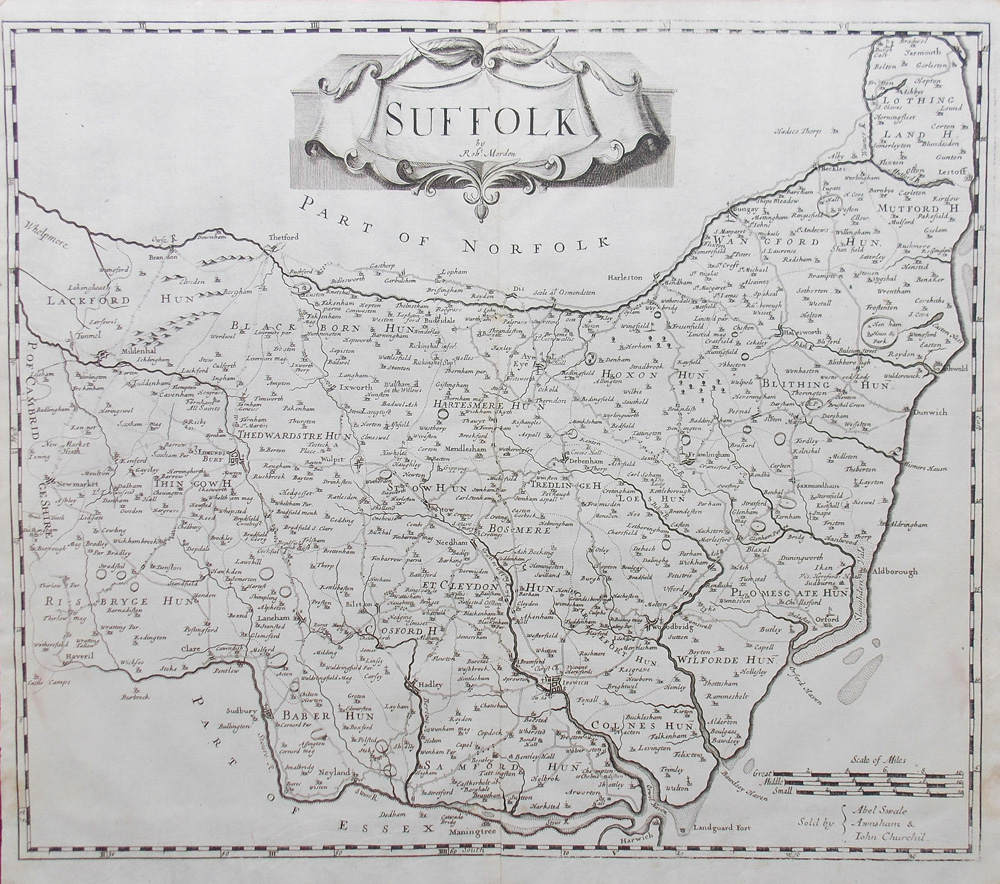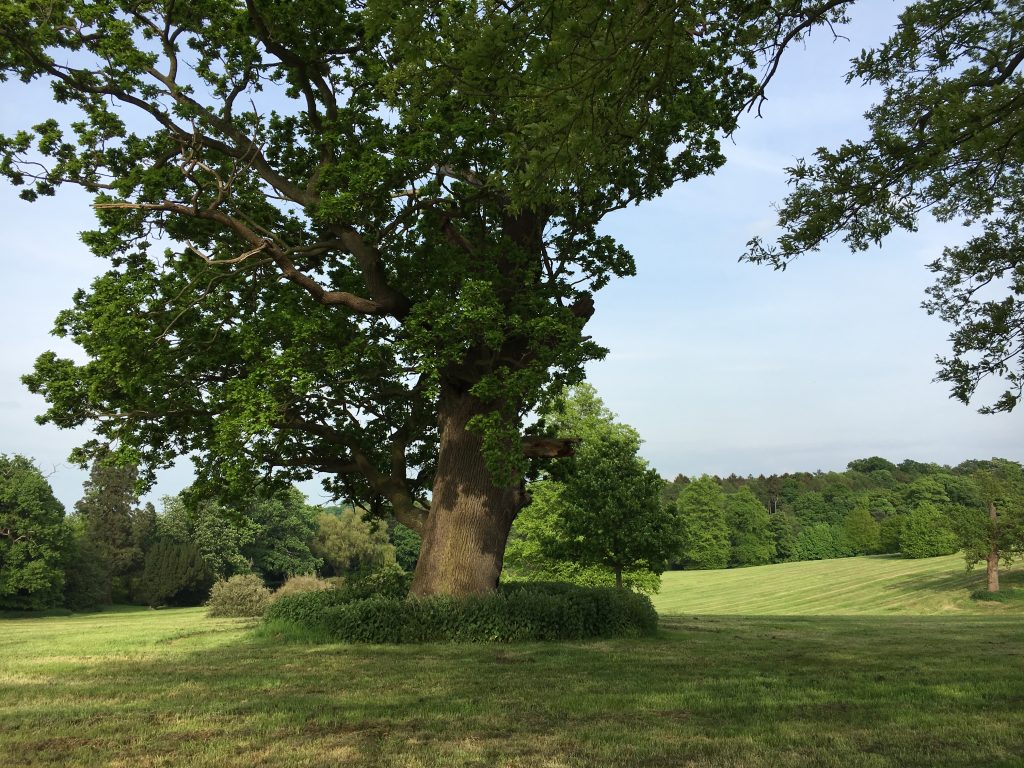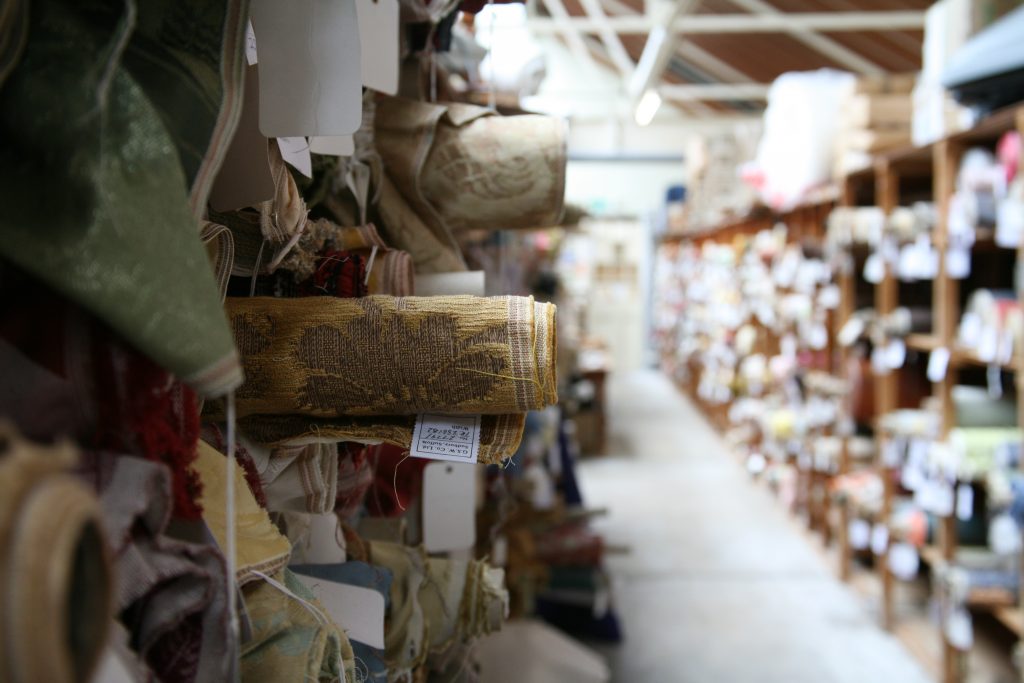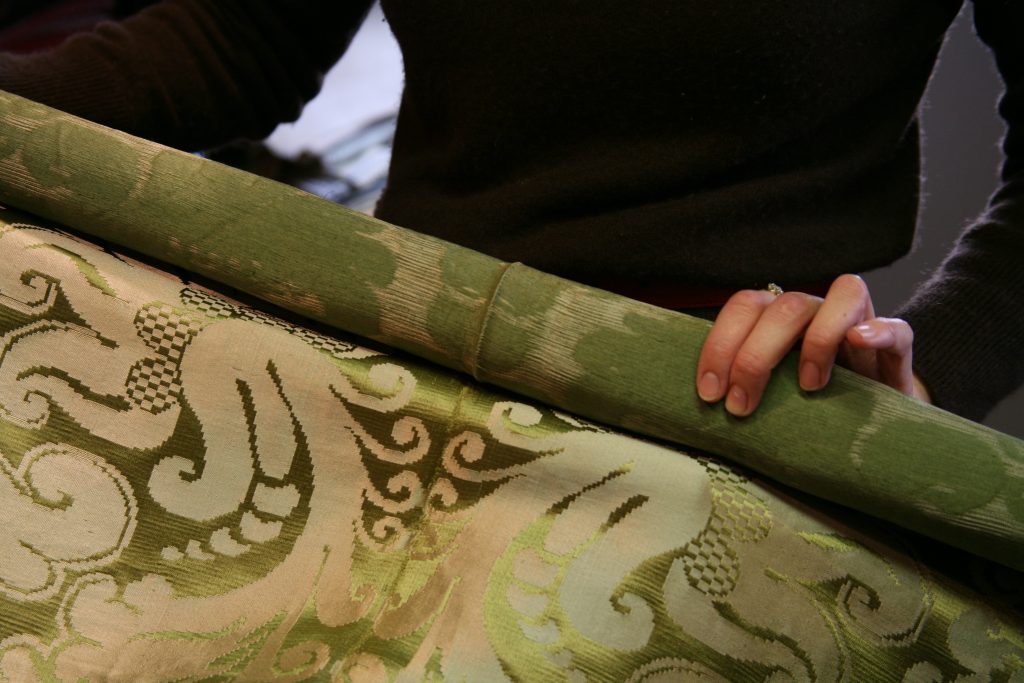The formation of Sudbury, an historic market town situated near the River Stour on the Suffolk–Essex border, dates back to Anglo-Saxon times at the end of the 8th century AD. The name Sudbury, meaning ‘south borough’, distinguished the town from the settlements of Norwich and Bury St Edmunds to the north. By the 11th century Sudbury was well established, appearing in the Domesday Book of 1086 as a market town. In the 13th century the Dominican order established a priory in Sudbury, with the impressive Priory House built around 1350. No longer extant, a priory wall constructed around the same time remains the oldest surviving structure in town today. By the 14th century, Sudbury had become known as the home of Simon of Sudbury, Archbishop of Canterbury from 1375 and famous casualty of the Peasants’ Revolt in 1381.
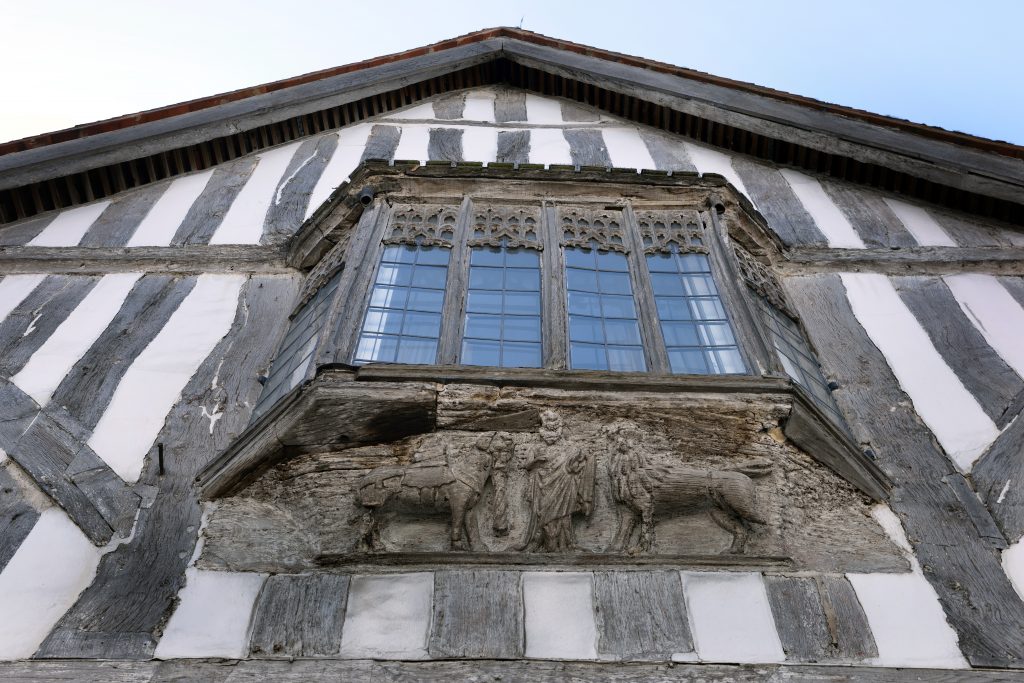
During the 18th century, Sudbury and the wider area of Suffolk known as East Anglia was associated with several famous local artists, including Thomas Gainsborough (1727–1788) and John Constable (1776–1837). Both were inspired by the beauty of the Suffolk landscape, with Gainsborough being the first important British artist to consistently paint landscapes. Suffolk in the 17th and 18th centuries was also known as a hotbed of Puritanism, with many families immigrating to the Massachusetts Bay Colony in the New World as part of the pilgrim migration.
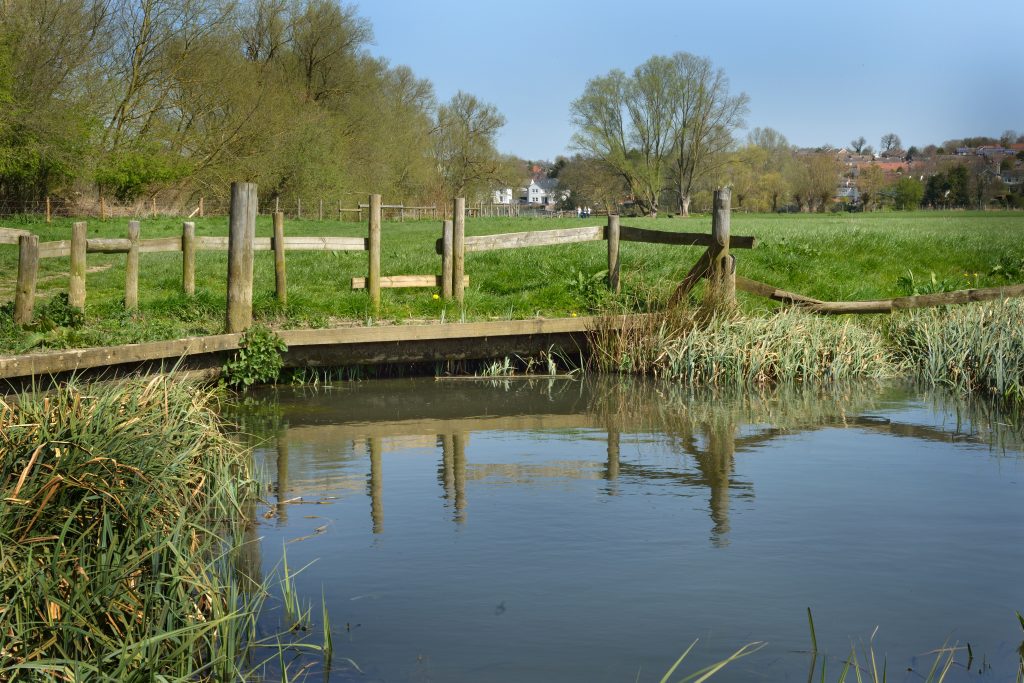
Sudbury’s most enduring legacy, however, has been as a centre for the production of textiles. First known for weaving woollen cloth in medieval times, the town transitioned to the production of silk by the 18th century. Buoyed by an influx of talented Huguenot silk weavers who fled France earlier in the century, by the 1800s four silk manufacturers were operating out of Sudbury. Today, the three silk mills that carry on this proud legacy produce roughly 95 per cent of the nation’s silken fabrics, making Sudbury the silk capital of the United Kingdom.
